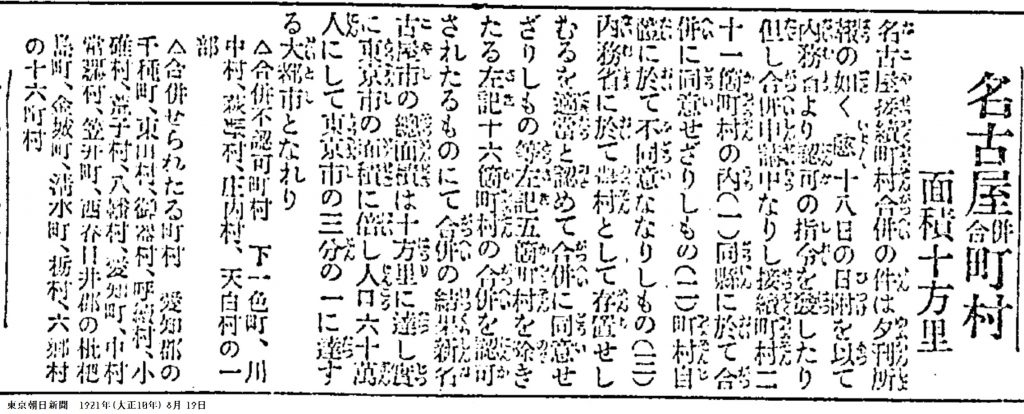
1921 (Taisho 10) Monday, August 22: Nagoya City annexed 16 towns and villages in the vicinity and became a major city. The city area has doubled and is twice the size of Tokyo at that time. The population was 600,000, 1/3 of that of Tokyo. However, five towns and villages of Shimonoisshiki, Kawanaka, Hagino, Shonai and Tenpaku were not merged this time. During World War I, heavy industry developed and urban planning progressed.
Nagoya’s city planning is famous for its wide roads. The Taisho period is well known as the period in which railways were developed throughout Japan. According to a thesis “Road Development in Nagoya in the Meiji and Taisho Periods and Their Financial Resources” written by Shunsuke Baba, a professor at Nagoya University in 1990, Nagoya allocated its limited budget to road development even in the era when railways became a priority.
The famous 100 meter road was built for road improvement after World War II, probably because the idea of the city planning in Taisho period was taken over. Hisaya Odori and Wakamiya Odori run through the center of Nagoya City. These 2 roads are 100 meters wide, so they are called “100 meter roads.”. There are only 3 roads in Japan which are over 100 meters wide, and 2 of them are in Nagoya city. The last one is Hiroshima.
The proposal for the 100 meter long road was made by Juro Tabuchi, a civil engineer who used to be head of the Nagoya Civil Engineering Branch Office at the Ministry of Interior. The plan was criticized by citizens who said, “Are you going to build an airport?” or “I don’t need such a wide road.”. As part of the war damage reconstruction plan, the city planned the construction of a 100 m road to prevent the spread of fire in the event of a fire, to secure evacuation sites for citizens, and to adapt to an automotive society.
By the way, regarding this “100 m” basis, it is not based on a very rational calculation, but it is because “well, the number of 100 is good”. This was written in the round-table discussion in the “Senso Fukko Shi” (Wartime Reconstruction Journal) by the Nagoya Planning Bureau, but they said they decided by intuition because they did not have the traffic volume surveys and materials they have now.
Initially, a total of 16 100 meter highways were scheduled to be constructed in 7 cities: Tokyo, Kawasaki, Yokohama, Nagoya, Osaka, Kobe and Hiroshima. However, in response to changes in the government’s finances, the reconstruction plan was revised and the plan was drastically reduced. Due to the fact that Nagoya City started to draw up reconstruction plans early after the war, the 100 m road was completed in 1964. In the end, only three projects, including Hiroshima, were realized.
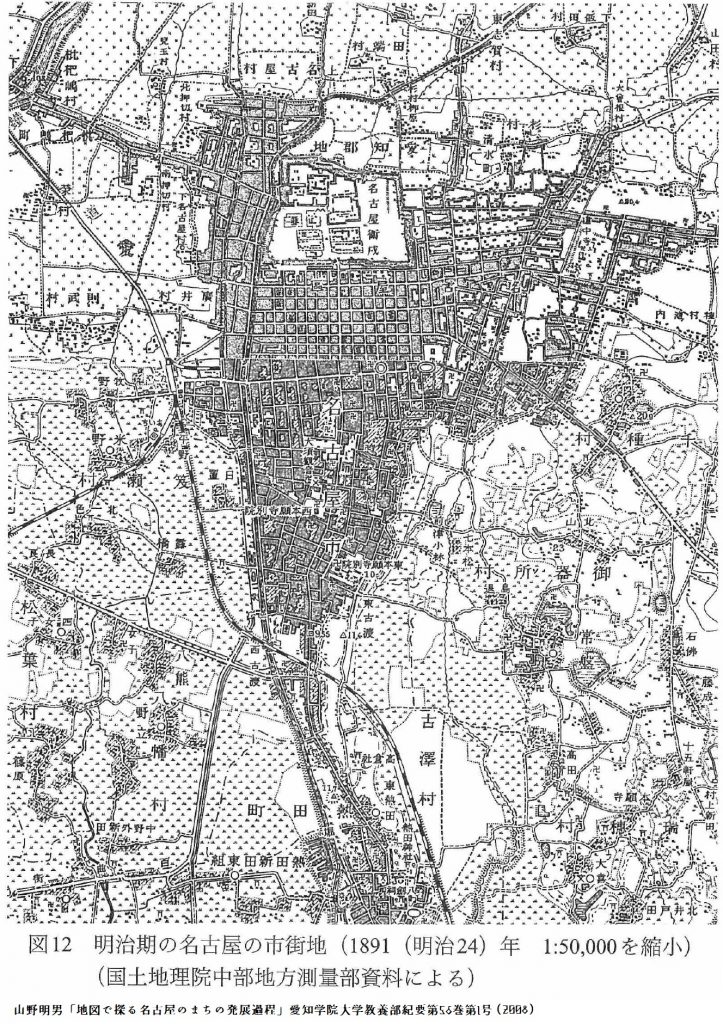
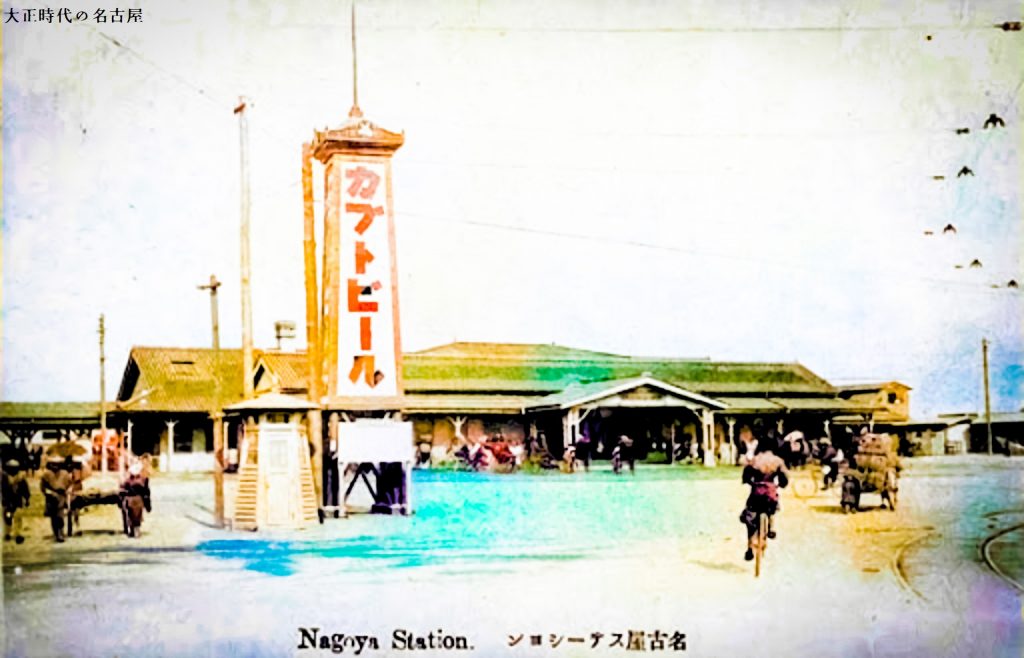
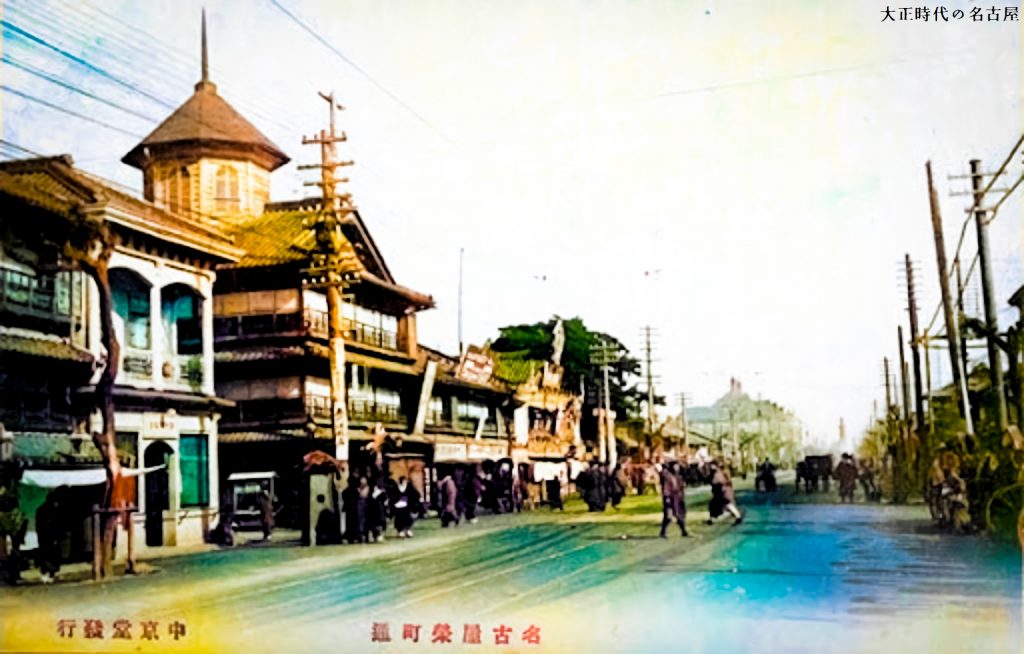
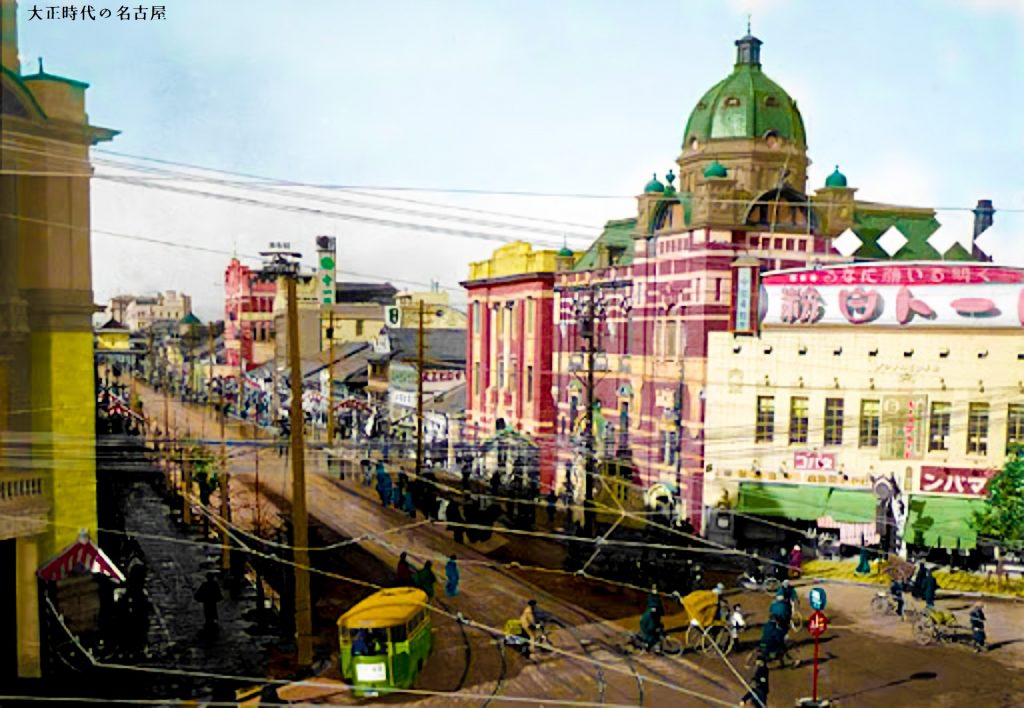
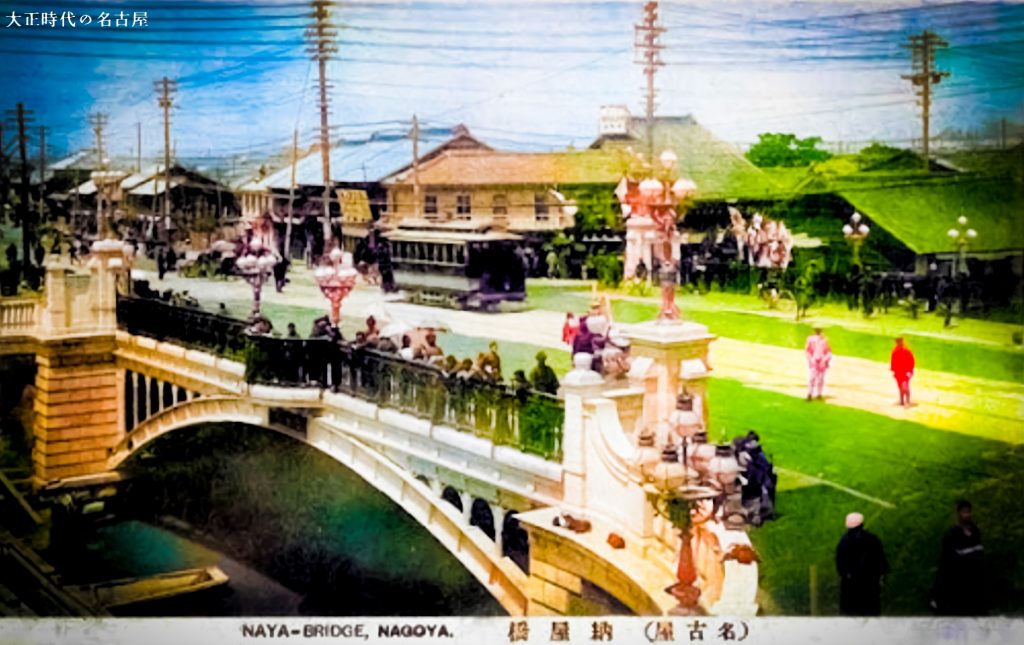
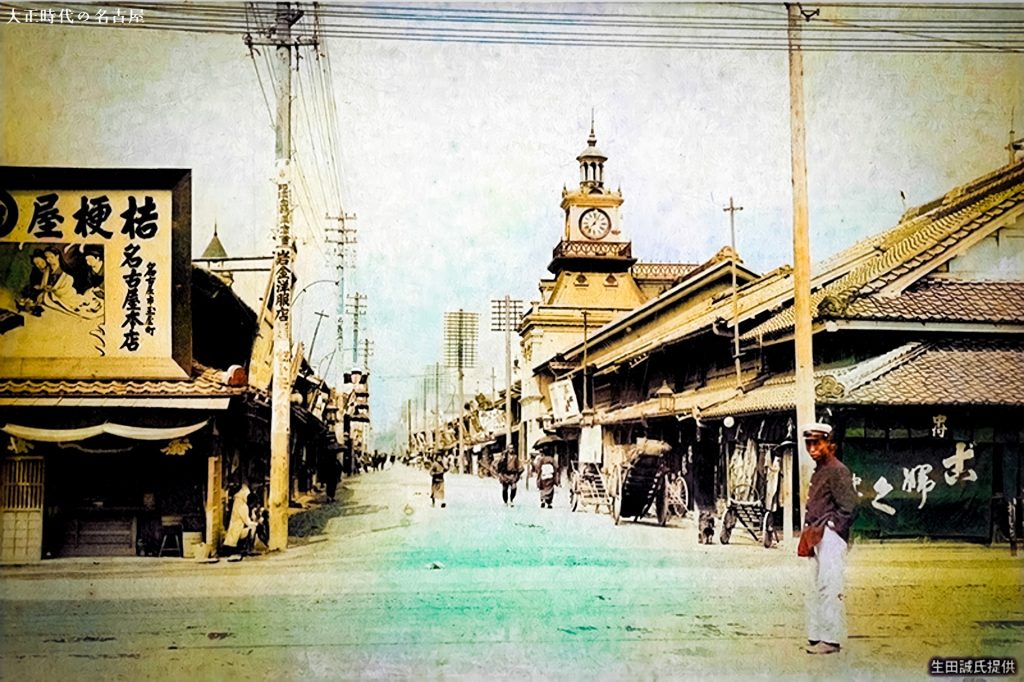

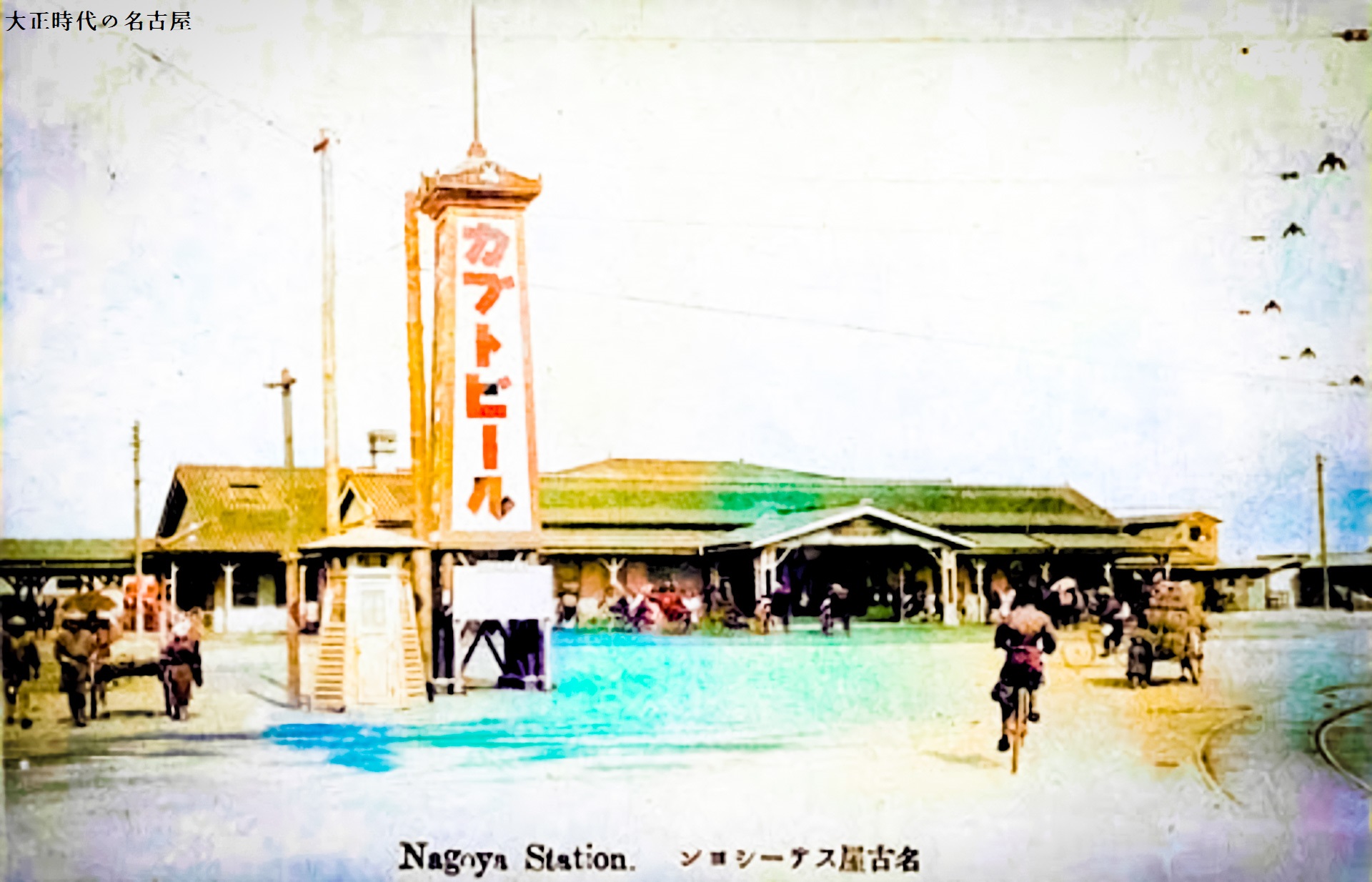

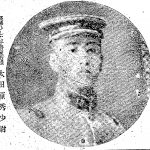
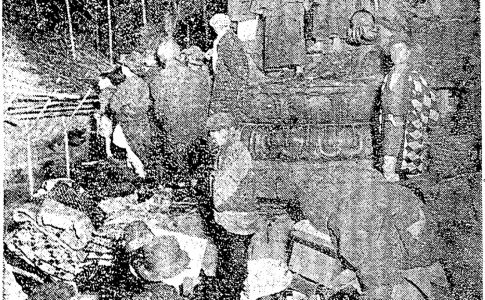

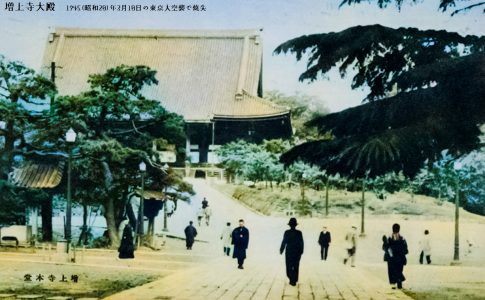
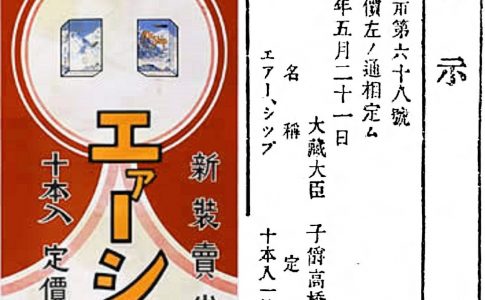
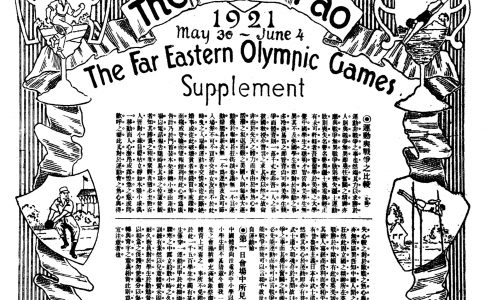
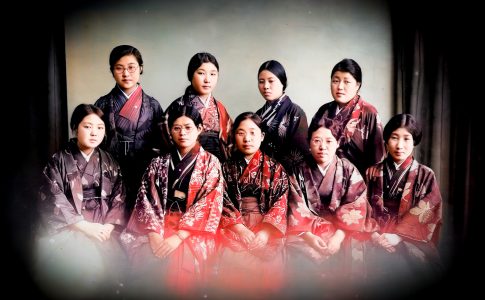
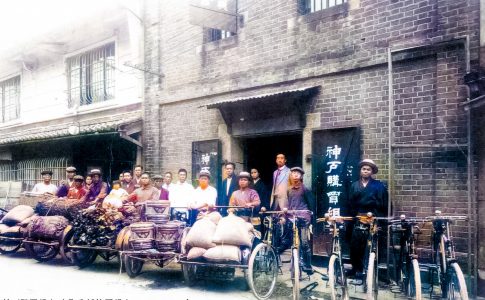

Leave a Reply